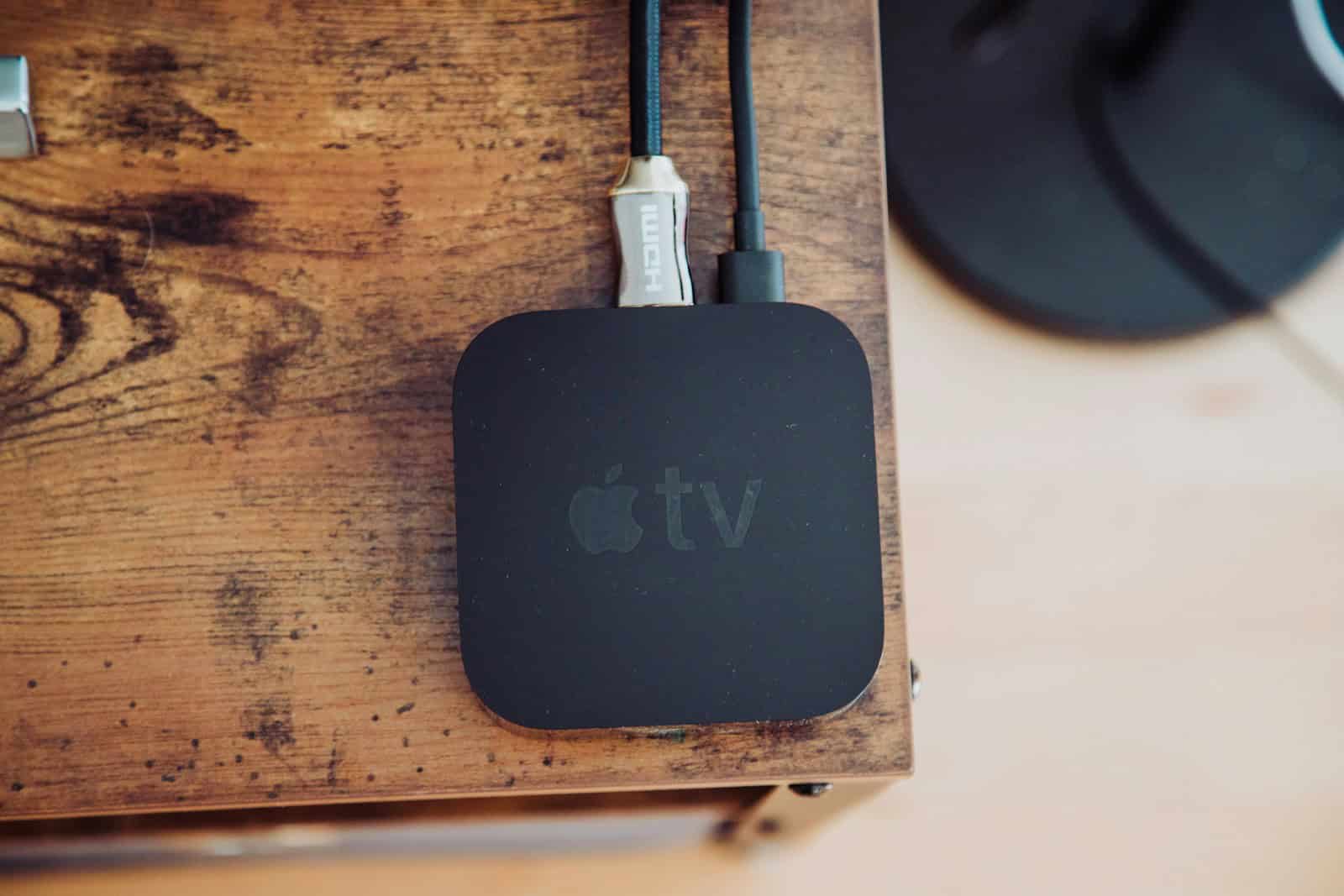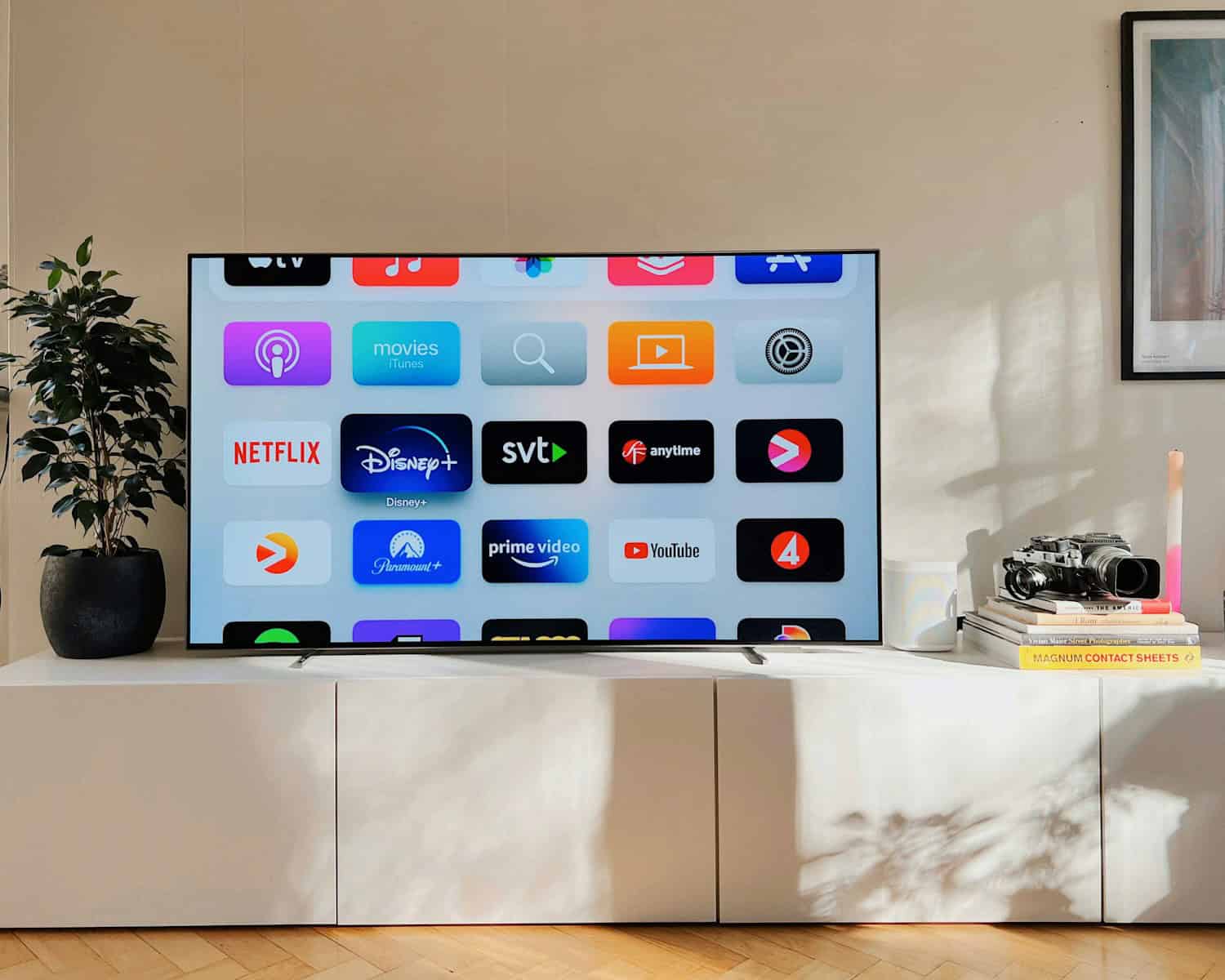When people ask, “Why doesn’t Apple make TVs?” the answer reveals a lot about the company’s design philosophy, market approach, and evolving smart home ambitions. Unlike LG, Samsung, or Sony—brands that manufacture physical television sets—Apple has strategically stayed out of the traditional TV hardware business. Instead, it’s carved out a premium niche with its Apple TV 4K streaming device, a small but powerful box that delivers high-performance streaming, gaming, and integration with the broader Apple ecosystem.
Yet as of 2025, that approach could be shifting.
Apple TV 4K: The Center of Apple’s Home Entertainment

Rather than building a TV set, Apple has focused on the Apple TV 4K—a streaming box designed to elevate the capabilities of your existing television. Introduced with its latest major refresh in 2022, this device leverages Apple’s hardware and software prowess to transform any HDMI-connected display into a smart, responsive entertainment hub.
Notable Features of Apple TV 4K (2022 Model):
| Feature | Description |
|---|---|
| Processor | A15 Bionic chip for faster UI and app performance |
| Video Output | Up to 4K resolution with HDR10+, Dolby Vision, and Dolby Atmos support |
| Storage Options | 64GB and 128GB variants |
| tvOS Integration | Access to Apple Arcade, Fitness+, Apple Music, and more |
| Siri Remote | Touch-enabled clickpad with voice commands |
Despite being compact, the Apple TV 4K is often seen as more powerful and future-proof than smart TV interfaces built into most TVs. That has allowed Apple to sell high-performance without competing directly in the crowded television hardware market.
Why Apple Hasn’t Entered the TV Set Market — Yet
Apple’s decision not to make a TV isn’t because it lacks the technology or design capability. Instead, it’s likely a deliberate business choice. TVs have lower margins than Apple’s typical products, longer replacement cycles, and are often price-driven commodities. Rather than enter a race to the bottom, Apple chose to own the premium user experience around the television—not the screen itself.
However, recent reports indicate a potential shift.
Apple Is Evaluating an Apple-Branded TV
According to reliable industry sources, including Bloomberg’s Mark Gurman, Apple is actively evaluating the idea of releasing its own television set. This isn’t the first time the idea has surfaced—Steve Jobs himself reportedly claimed in interviews that he had “finally cracked” the interface for a revolutionary TV.
What’s different now is Apple’s smart home ecosystem. If upcoming devices like Apple’s wall-mounted display and HomeKit hubs find traction, they could serve as a springboard for a larger smart display—possibly even a full Apple TV set.
What’s Coming Next: Apple TV 4K (2025 Model)
Before Apple builds a full TV set, it’s doubling down on the next-gen Apple TV 4K, expected later in 2025. The upgrade will likely push boundaries in terms of performance and intelligence.
Expected Features in Apple TV 4K (2025 Model):
| Feature | Details |
|---|---|
| Processor | A17 Pro or A18 chip, offering console-like performance |
| Apple Intelligence | AI-driven content recommendations, smarter Siri, gesture recognition |
| Connectivity | New “Proxima” chip for improved Wi-Fi/Bluetooth integration |
| Camera Support | Potential built-in camera for FaceTime and gesture input |
These upgrades signal that Apple is preparing for more immersive, AI-enhanced experiences in the living room.
Apple’s Broader Smart Home Vision
The evolution of Apple TV 4K is happening alongside a wave of smart home product development, hinting at Apple’s bigger ambitions.
Smart Home Products in Development:
- Wall-Mounted Smart Display: A control center for HomeKit and Matter-compatible devices, complete with speakers and a camera.
- New HomePod Mini: Rumored refresh with upgraded internals and spatial awareness.
- Apple Security Camera: A standalone device aimed at competing with Ring and Nest.
This ecosystem-first approach makes a potential Apple TV set more viable. If these devices succeed in unifying Apple’s smart home experience, a branded TV that acts as both display and hub could naturally follow.
The Bottom Line
Apple doesn’t make TV sets today—but it’s no longer out of the question. Between its enhanced Apple TV 4K roadmap and broader smart home investments, the groundwork is being laid for a possible future where Apple doesn’t just enhance your living room—it builds it.
Key Takeaways
- Apple has not produced its own television sets.
- The company offers the Apple TV 4K, a streaming device that enhances the content on traditional TVs.
- The latest Apple TV 4K model boasts improved performance and features while integrating with other Apple services.
Apple’s Foray into Television Technology
Apple has made significant strides in television technology with its Apple TV devices. These range from simple streaming boxes to hubs for home entertainment and integration with a broad ecosystem of services and products.
Apple TV Devices Overview
Apple TV started as a simple set-top box but has evolved over time. Initially, first-generation Apple TV emerged as a new approach to accessing media content. Afterward, second and third-generation models made incremental changes. In recent times, Apple TV HD and Apple TV 4K have taken center stage. These devices offer various storage options, including 32GB and 64GB, designed to suit different user needs.
Functionality and Connectivity
Apple TV works well with various resolutions including 4K, 1080p, and HDR content. The devices also support Dolby Vision, Dolby Atmos, and Dolby Digital 5.1 which ensures that users get high-quality audiovisual experiences. For connectivity, users have options like Bluetooth, Wi-Fi, and Ethernet—including Gigabit Ethernet for a fast connection.
Integration with Other Devices and Services
Strong integration within the Apple ecosystem is a hallmark of Apple TV. It comes with the Apple TV app which integrates services like Apple TV+, Apple Music, and fitness+. These devices work with AirPlay to share content from an iPhone or iPad and are compatible with various streaming services like Netflix and Amazon Prime Video.
Upgrades and Performance
Apple has introduced upgrades like the A12 Bionic chip which boosts CPU and GPU performance. The design and cooling features have improved as well, ensuring the device runs efficiently. Reviews highlight these improvements, especially in the Apple TV 4K (2021) model which showcases enhanced speed and capabilities.
Gaming and Entertainment
Apple TV is not just for streaming. With Apple Arcade, users enjoy a variety of games, making the device a small but potent gaming console. Enhanced performance chips like the A12 Bionic and features like high frame rate HDR and spatial audio support contribute to a better home cinema and gaming experience.
Smart Home and Accessibility
Beyond entertainment, Apple TV serves as a smart home hub. It incorporates HomeKit for device control and Thread mesh networking protocol to interact with other smart home gadgets. The addition of Siri allows for voice control while the Siri remote with a clickpad offers another dimension of user accessibility.







